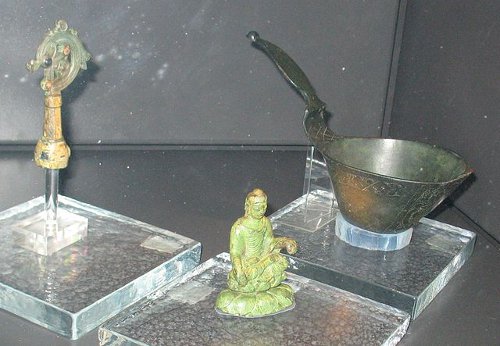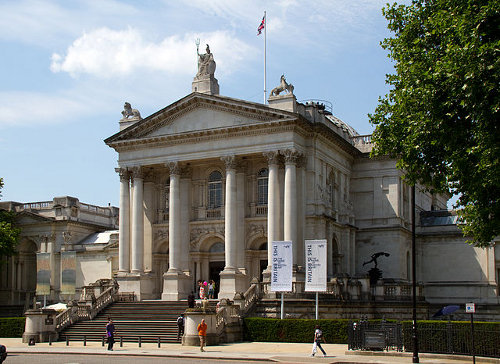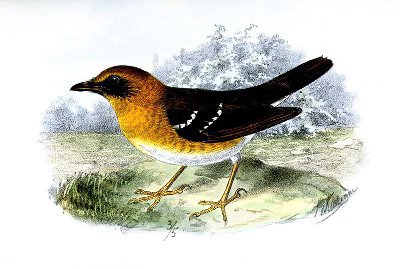
When James Harrison had chest surgery at age 13, he resolved to begin donating blood to help others in need. When he did so, doctors realized that he carries a rare immune globulin that can prevent unborn babies from suffering attacks by their mothers’ antibodies, a condition known as Rhesus disease.
In the 59 years since this was discovered, Harrison has given blood more than 1,000 times, an average of once every three weeks for five decades, and his donations have saved an estimated 2.4 million babies.
This has earned Harrison a spot in Guinness World Records. He calls this “the only record that I hope is broken.”







